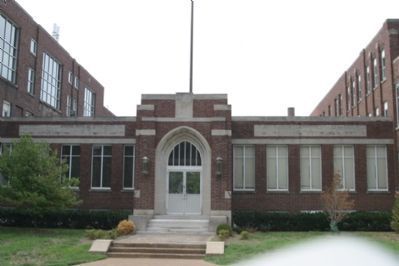HBCUs have long been a talent pipeline for Black students who go on to enter careers in health care. Not only do HBCU medical and nursing schools graduate large numbers of doctors and nurses of color every year, but also, many of these students’ first experience with higher education is at an HBCU, long before they decide to pursue health care. With race-conscious affirmative action now out of the higher education picture, HBCUs will become the school of first choice for an increasing number of college-bound Black students.
Research shows that the top three U.S. institutions in terms of graduating Black doctors every year are all HBCUs: Meharry, Howard, and Morehouse School of Medicine. These three schools, along with the predominantly Black medical school, Charles R. Drew University of Medicine and Science, now produce half of the country’s Black doctors. New HBCU medical schools are also now being established at Morgan State University and Xavier University of New Orleans, as a direct response to the nation’s physician shortage.
The need to expand the pipeline for Black doctors is clear—the current HBCU medical schools are only four of the 155 allopathic (MD-granting) medical schools in the country. The resulting disparity between the number of Black doctors practicing and the number of Black patients is glaring, making things like concordant care impossible. However this was not always the case. At the height of the Reconstruction Era, there were fourteen HBCU medical colleges that were focused on the health and well-being of formerly enslaved people. Unfortunately due to the rise of systemic racism during Jim Crow, the Flexner report called for reforms to funding medical education and devaluing the role of Black medical colleges and Black medical students, thus limiting the breadth of medical care to Black patients. This report further pushed the narrative that only two medical colleges, Howard and Meharry were worthy of investment. However, the racial inequities in health and health care during the COVID-19 pandemic showed that the need for Black medical colleges to graduate more Black doctors is critical and necessary for public health.
Expanding the pipeline for Black doctors will take significant new investment. Fortunately, Bloomberg Philanthropies is still holding fast to their commitment of $100 million to provide support to the nation’s four historically Black medical schools over the next four years, but increasing the number of Black doctors in the United States will take more than philanthropic support.
The number of HBCU nursing schools or nursing programs is significantly higher than that of medical schools, numbering in the dozens. While more numerous, HBCU nursing schools and programs still face significant challenges, such as a lack of resources due to decades of HBCU underfunding, so expanding the pipeline for Black nurses will require creative approaches. For HBCUs that don’t currently have the resources to offer midwifery training, for example, partnering with nursing schools that have such programs is a potential solution. An example of this can be seen in a partnership between New York University’s Rory Meyers College of Nursing and Howard University, which since 2021 has worked to raise the necessary funds to support midwifery training for Howard students and alumni.
In 2021, Senator Tim Kaine (D–VA) reintroduced a bill called the Expanding Medical Education Act, which focuses on developing medical schools and healthcare centers in underserved areas. This legislation is imperative for the nation to expand access to medical schools and health care centers specifically that serve and support communities that have been marginalized and represent an opportunity for HBCUs to expand their programs. For example, if this legislation were to pass, it could support institutions such as Morgan State University and others that are interested in expanding their campus footprints to serve a need in their local communities. The House has reintroduced its version of this bill in the 118th Congress, thanks to lead sponsor Representative Jim Costa (D-CA), but it still has yet to be reintroduced in the Senate.









